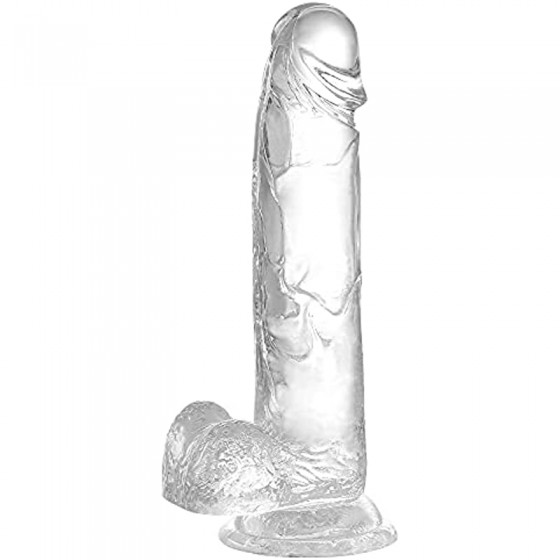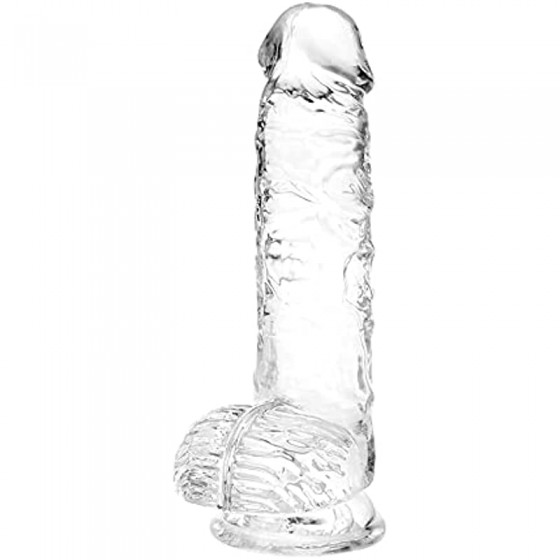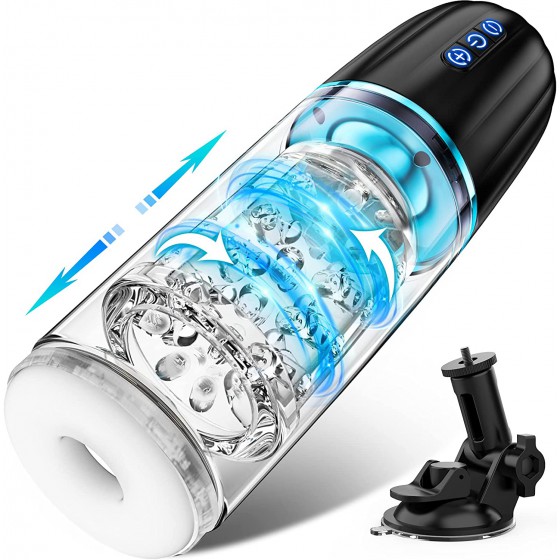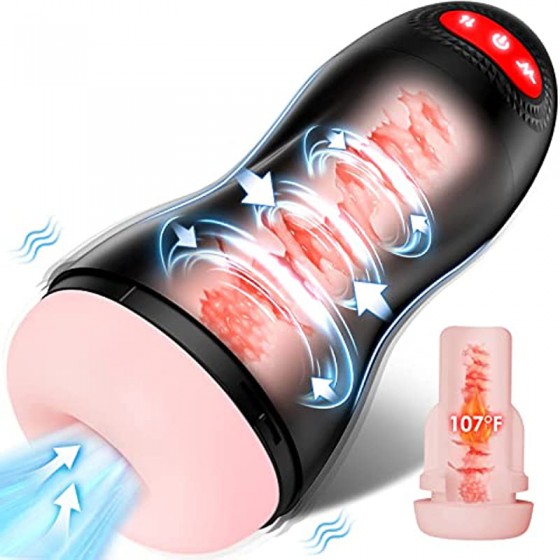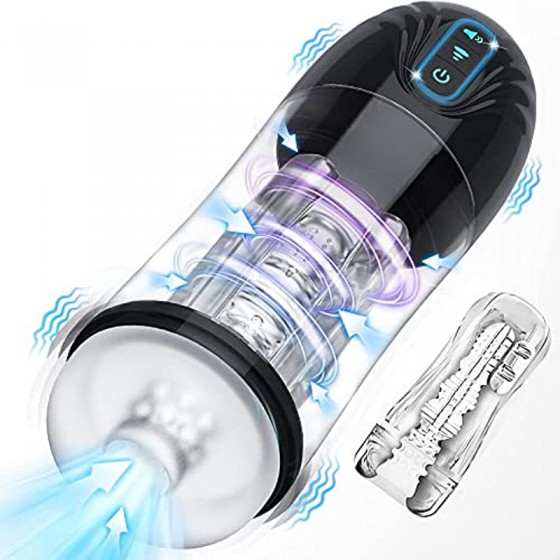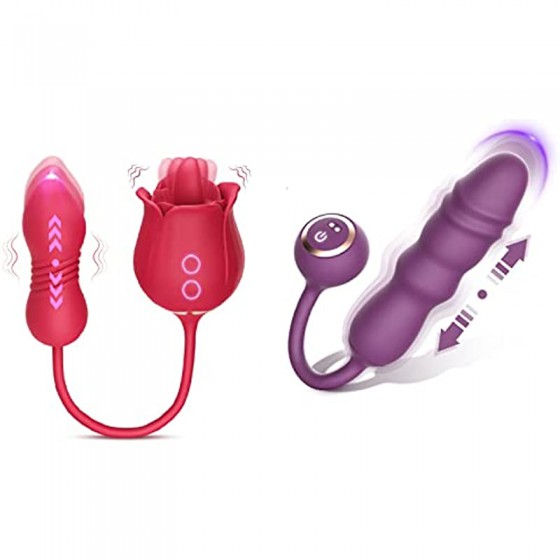What is priapism? What to do if you have abnormal erection
Priapism refers to a persistent erection of the penis that is not related to sexual desire. A continuous erection of the penis for more than 6 hours is considered priapism. Priapism is traditionally divided into primary (specific) and secondary forms.
Priapism is common between the ages of 5 and 10 years and between the ages of 20 and 50 years. Generally only the corpus cavernosum is involved, and most cases occur at night when the penis is congested.
If low blood flow type priapism lasts for several hours, it will be painful due to tissue ischemia, and the penis will become hard to erect. In the high blood flow type, there is little pain in the penis and the penis cannot reach full erection hardness. There is usually a history of perineal or penile trauma. In most cases of this type, the penis can still regain full erection after arterial embolization or surgical ligation of blood vessels, but it usually takes weeks to months.
What causes priapism?
Low blood flow type priapism is caused by a variety of reasons that damage the penile erection detumescence mechanism, including excessive secretion of neuromediators, obstruction of venous return, and long-term relaxation of smooth muscles in the cavernous body. As a result, the intracavernous pressure continues to remain at 10.06 ~15.60kPa (80~120mmHg), and gradually worsens and develops into an ischemic state. Pain occurs 6 to 8 hours after ischemia. The degree of ischemia and the number of affected emissary veins are related to the duration of venous occlusion.
Experimental studies have shown that under hypoxic conditions, the voluntary contractility and tension of cavernosal smooth muscle are reduced, and normal contractile responses to α-adrenergic agonists cannot be produced. After a few days of priapism, penile blood flow is less likely to form embolism (even in the low blood flow type), because the activity of fibrinolytic enzymes in the cavernous body is three times that of peripheral blood.
The frequency of recurrent priapism attacks ranges from several times a day to once every few months. After an initial episode of ischemic priapism, there are functional changes in the adrenergic or endothelial-mediated mechanisms that control the resolution of penile erection.
The initial onset of all priapism is non-ischemic high blood flow type, but most cases develop venous thrombosis, acidosis, hypoxia and finally develop into the typical low blood flow type 6 hours later. In some cases, high blood flow is maintained, the cavernous body venous return is smooth, and blood oxygenation is sufficient. Because the venous access is open, the erect penis can be compressed, the erection hardness ranges from light to moderate, and sexual stimulation can increase penile hardness.
Types and treatment methods of priapism
1. Low blood flow priapism: The purpose of treatment is to increase venous blood return, reduce penis swelling, prevent damage caused by long-term ischemia of the corpus cavernosum, and relieve pain. Before surgical treatment, drug treatment should be tried. It should be noted that drug therapy prolongs the treatment time and also increases the chance of cavernous fibrosis and impotence. It has been reported that the incidence rate of low blood flow type impotence is as high as 50%. If it is cured with medication within 12 to 24 hours, penile erectile function can almost be restored. Kulmala and Tamella (1995) observed that most cases were treated with aspiration and α-adrenergic hormone agents within 36 hours, and fibrosis in the corpus cavernosum would not occur. If it exceeded 36 hours, α-adrenergic drugs would be ineffective and the intracavernous body would Different degrees of fibrosis will form.
It has been reported that a diluted solution of α-adrenergic agonist was injected into the cavernous body of the penis. 1 mg of epinephrine was added to 1000 ml of normal saline. First use a 21-gauge needle to aspirate the blood accumulated in the cavernous body, then inject 20ml of diluent into the cavernous body, and then aspirate the blood accumulated 2 minutes later. Repeat the injection and aspiration several times until the tumor subsides. Phenylephrine 10mg is also useful, plus 500ml of normal saline, and each injection is 10 to 15ml. If treatment is carried out within 12 hours of onset, satisfactory results can be achieved.
Recurrent priapism often occurs in patients with sickle cell anemia or those with a history of priapism. Young patients can be treated with dilute phenylephrine solutions. For patients with no sexual function, anti-androgens or gonadotropin-releasing hormone agonists can be used to suppress nocturnal erections and prevent recurrence.
Complications of drug treatment include acute hypertension, headache, palpitations and arrhythmia caused by α-adrenergic drug treatment, infection, bleeding and urinary fatigue and damage caused by aspiration.
2. High blood flow type priapism: Early local ice pack cold compress can constrict blood vessels, and the damaged blood vessels may spontaneously form thrombus. Most cavernosal artery ruptures do not heal spontaneously and often require internal pudendal arteriography and embolization.
How to care for priapism?
1. Underwear should be loose and not too tight to avoid friction and stimulation of the genitals.
2. Wash the external genitalia with warm water every day before going to bed, especially turn the foreskin of the penis upward for cleaning to avoid dirt irritation that may cause erection. Don't watch romantic TV or novels before going to bed, don't think about it, and fall asleep as soon as possible.
3. Don’t play with your genitals at will. If nocturnal emission occurs once every 10 to 15 days, it is a normal physiological phenomenon and you don’t need to worry too much. For most teenagers, when the penis is erect due to external sexual stimulation, they may as well go to urinate. After the bladder is emptied of urine, the penis will become erect.






